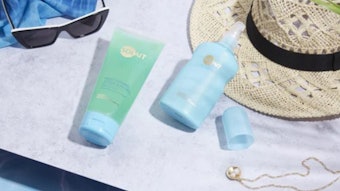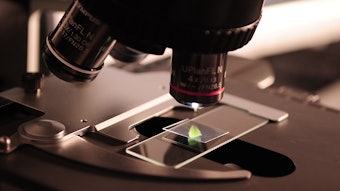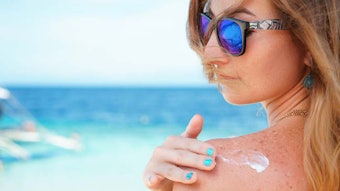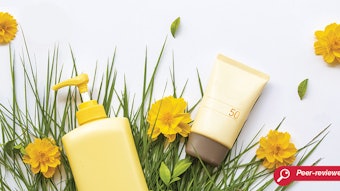In vitro testing for the determination of sun protection is essential for the cosmetics industry. It is fast, relatively inexpensive, and can be used routinely. However, until 2006, only in vivo methods were subject to recommendations or regulations. Since then, organizations such as the Agence Française de Securité Sanitaire des Produits de Santé (AFSSAPS), Colipa and the International Organization for Standardization (ISO) have proposed the development of in vitro methods to replace in vivo methods.
Standard in vitro tests are based on diffuse transmission spectroscopy, wherein a thin film of sunscreen is applied to a suitable UV-transparent substrate, then UV radiation is transmitted through the film and measured by a spectrophotometer equipped with an integrating sphere. Several authors have used the SPF in vitro method and shown a fair correlation with in vivo values;1-4 however, controversy surrounding the results underlines a weakness in the existing in vitro method: a lack of control over the parameters that influence the results. Interestingly, better correlations were obtained when strict control was exercised over variables including the validation equipment and amount of product used, as well as its evenness of application.5-8 Among these important variables is the roughness of the test substrate, which until now, had not yet been fully detailed.
!['[Sunscreen] developers will be able to innovate more efficiently while maintaining high standards of quality and safety for consumers.'](https://img.cosmeticsandtoiletries.com/files/base/allured/all/image/2024/06/woman_outside_using_sunscreen_on_face_ISO_test_standards_AdobeStock_783608310.66678a92029d9.png?auto=format%2Ccompress&fit=crop&h=191&q=70&rect=62%2C0%2C2135%2C1200&w=340)









